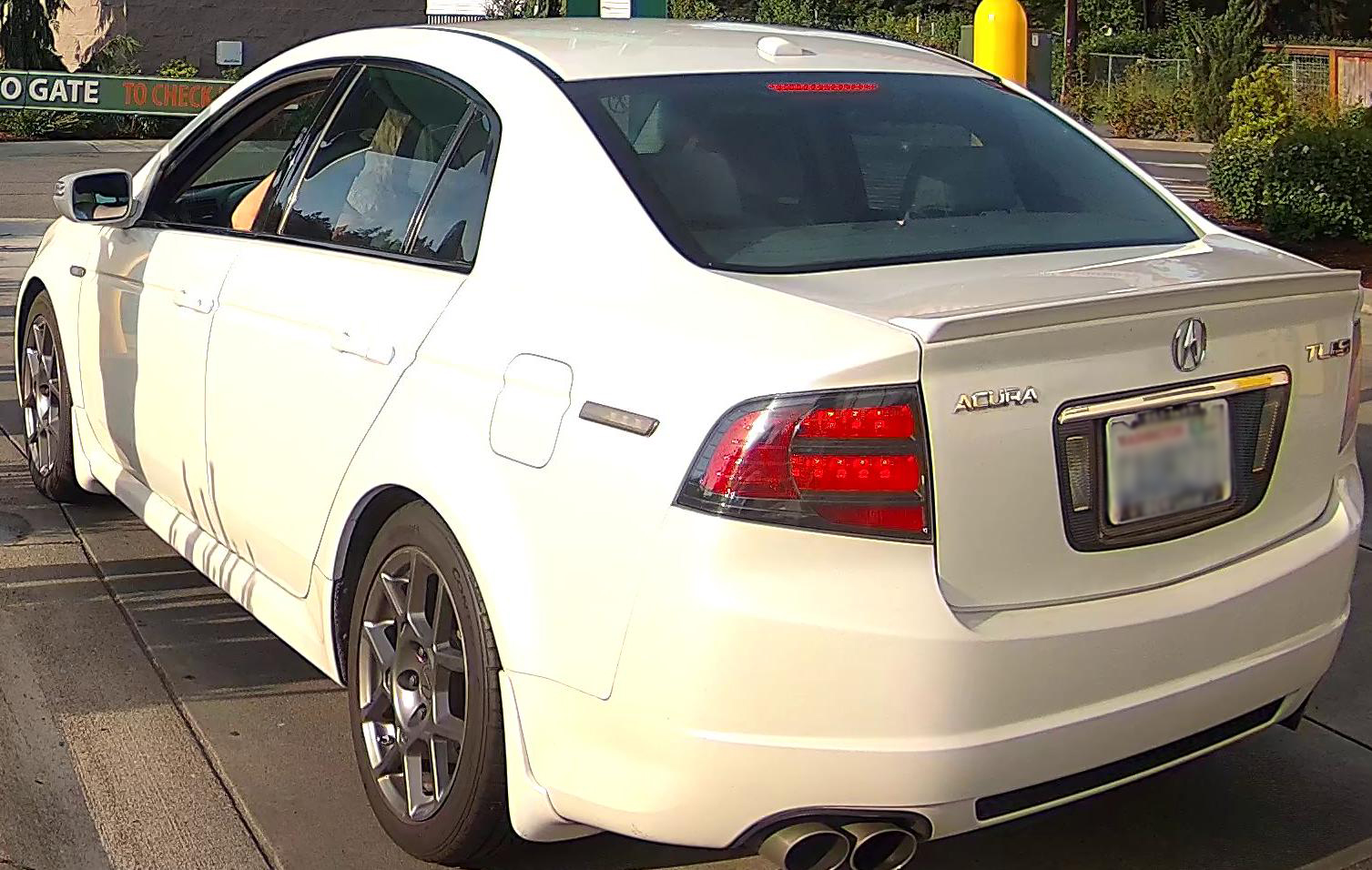Vehicle Accessories Prediction
This solution automatically detects and identifies multiple specific accessories from vehicle images, enabling detailed vehicle characterization. It recognizes features such as bike racks, convertible or soft tops, grills or cattle guards, emergency light bars, low-profile wheels, open truck beds, roof boxes, and tire racks. Designed to integrate seamlessly with Snapshot, this solution enhances vehicle analysis with precise attribute detection. The typical usage is as follows
- Do a lookup on a full image using Snapshot.
- Use the result to crop the vehicle and save that image.
- Send the cropped image to
vehicle-accessories(see below).
Running the Docker Image
- Ask us for the ENCRYPTION_KEY. Contact us.
- Install Docker if you do not have it.
- Then run the following Docker command to start server.
- Note: pass
--gpus allto assign all gpus to the Docker container. (Using--gpus alllets the Docker container access all GPUs, speeding up tasks like data processing by leveraging GPU power.) - In this example the server port is set to
8501.
- Note: pass
docker run -e KEY=ENCRYPTION_KEY -p 8501:8501 platerecognizer/vehicle-accessories:latest
Vehicle Accessories Lookup
The server expects a base64 encoded image of the vehicle only. In the examples below, we use /path/to/vehicle.png.
If you aren't using Snapshot to extract the vehicle, ensure /path/to/vehicle.png contains only one vehicle and is closely cropped. Passing an image with multiple vehicles will return only a single prediction (not one per vehicle) and can therefore produce misleading or incomplete accessory results.
If your image contains multiple vehicles, don't pass the full image directly to the model. Instead, run a vehicle detection step (for example using Snapshot) to get each vehicle's bounding box, crop each vehicle, and then send each cropped vehicle image individually to the model. See the "End-to-end Example" below for a complete sample that uses Snapshot to detect vehicles, crops them, and sends each crop to the vehicle-accessories prediction.
With cURL
curl -d "{\"instances\": [{ \"b64\":\"$(base64 -w0 /path/to/vehicle.png)\"}]}" \
http://localhost:8501/v1/models/tfserve_model:predict
With Python
import requests
import base64
with open(r'/path/to/vehicle.png', 'rb') as fp:
jpeg_bytes = base64.b64encode(fp.read()).decode('utf-8')
predict_request = '{"instances" : [{"b64": "%s"}]}' % jpeg_bytes
response = requests.post(
'http://localhost:8501/v1/models/tfserve_model:predict',
data=predict_request)
response.raise_for_status()
print(response.json())
Result
The output shows the confidence scores for various vehicle-accessories. Each score indicates the likelihood that a particular accessory is present on the vehicle. In this case, only "Low profile wheels" has a score above 0.5, specifically 0.948039949, showing that the model is highly confident this accessory is present. All other accessories have scores below 0.5, indicating low confidence in their presence.

{
"predictions": [
{
"labels": [
"Bike rack",
"Convertible or soft top",
"Grill or cattle guard",
"Emergency light bar",
"Low profile wheels",
"Open truck bed",
"Roof box",
"Tire rack"
],
"score": [
0.04903,
0.04906,
0.04872,
0.04985,
0.948039949,
0.049879998,
0.04789,
0.049689997
]
}
]
}
End-to-end Example
import base64
import io
import requests
from PIL import Image
image_path = "car.jpg"
token = 'YOUR_API_TOKEN' # Replace YOUR_API_TOKEN with your API TOKEN from https://app.platerecognizer.com/service/snapshot-cloud/
with open(image_path, 'rb') as fp:
response = requests.post(
'https://api.platerecognizer.com/v1/plate-reader/',
files=dict(upload=fp),
headers={'Authorization': f'Token {token}'},
)
image = Image.open(image_path)
for result in response.json()['results']:
xmin = result['vehicle']['box']['xmin']
ymin = result['vehicle']['box']['ymin']
xmax = result['vehicle']['box']['xmax']
ymax = result['vehicle']['box']['ymax']
im_bytes = io.BytesIO()
image.crop((xmin, ymin, xmax, ymax)).save(im_bytes, 'JPEG', quality=95)
im_bytes.seek(0)
b64_data = base64.b64encode(im_bytes.read()).decode('utf-8')
predict_request = '{"instances" : [{"b64": "%s"}]}' % b64_data
response = requests.post(
'http://localhost:8501/v1/models/tfserve_model:predict', data=predict_request
)
print(response.json())
